Enhance Your Home’s Durability and Beauty with Vinyl Siding
Vinyl siding has become more and more popular among homeowners who wish to increase the curb appeal, durability, and energy efficiency of their houses. When building a new home or replacing your siding, vinyl siding offers an affordable, low-maintenance, and long-lasting alternative. It comes in a wide range of colors, styles, and textures and can be made to look like wood, stone, or even shake siding. It also has outstanding weather resistance.
If you’re looking for a low-cost way to upgrade the outside of your house, vinyl siding is a great investment that will increase its value and protection. Let’s look at the key benefits, types, and maintenance tips for vinyl siding to help you make an informed decision.
Benefits of Vinyl Siding
1. Low Maintenance and Easy to Clean
Vinyl sidings low maintenance needs are among its greatest benefits. Vinyl siding keeps its appearance with only the occasional cleaning, in contrast to wood siding that requires frequent painting and sealing. Dirt, dust, and mildew can be easily removed with a garden hose and mild soap, maintaining the fresh appearance of your house all year long.
2. Cost-Effective and Affordable
Vinyl siding is one of the most budget-friendly exterior cladding options available. Its lower material and installation costs make it a preferred choice for homeowners who want a high-quality look without breaking the bank. Additionally, its long lifespan reduces the need for frequent repairs or replacements, saving money in the long run.
3. Energy Efficiency and Insulation Options
Insulated backing is a common feature of contemporary vinyl siding products, which contributes to increased energy efficiency. As an additional layer of thermal protection, insulated vinyl siding keeps your house cooler in the summer and lessens heat loss in the winter. This may result in more comfortable living quarters and reduced energy costs.
4. Durability Against Harsh Weather
Strong winds, hail, and heavy rain are just a few of the severe weather conditions that vinyl siding is made to resist. It doesn’t warp, rot, or draw pests like wood does. Additionally, high-quality vinyl siding doesn’t fade, so the color will stay brilliant for many years to come.
5. Wide Variety of Colors and Styles
With the wide variety of colors, textures, and designs that vinyl siding comes in, homeowners can personalize their exterior to fit their preferred aesthetic. There is a vinyl siding option to fit your needs, whether you like a more modern aesthetic or a more traditional, classic look.
6. Environmentally Friendly Choice
Vinyl siding is an eco-friendly option due to its long lifespan and recyclability. Many manufacturers produce vinyl siding using sustainable practices and recyclable materials, reducing its environmental impact. Additionally, its insulating properties help lower energy consumption, contributing to a more sustainable home.
Types of Vinyl Siding
Vinyl siding is available in various styles to complement different architectural designs. Some of the most popular options include:
1. Horizontal (Lap) Siding
Traditional horizontal lap siding is the most common type of vinyl siding. It features overlapping panels that create a classic, timeless look. This style is available in different widths and textures, offering versatility for any home.
2. Vertical Siding
Vertical siding, also known as board and batten, is a great choice for homeowners looking for a unique and eye-catching exterior. It is often used for accent walls, modern homes, or farmhouse-style designs.
3. Shake and Shingle Siding
Vinyl shake and shingle siding replicate the look of traditional cedar shakes but without the maintenance. This option adds texture and character to a home, making it ideal for accent areas or entire exterior walls.
4. Insulated Vinyl Siding
For homeowners looking to improve energy efficiency, insulated vinyl siding is an excellent choice. It features a foam backing that enhances insulation, reduces noise, and increases overall comfort inside the home.
5. Wood Grain and Textured Siding
Vinyl siding can mimic the natural look of wood with grain-textured finishes. This allows homeowners to achieve the aesthetic appeal of wood without worrying about rot, termites, or high maintenance.
Vinyl Siding Maintenance Tips
To ensure your vinyl siding remains in top condition for years, follow these simple maintenance tips:
- Regular Cleaning: Wash your siding at least once a year with a garden hose and mild detergent to remove dirt and mildew buildup. Avoid using harsh chemicals that may damage the surface.
- Inspect for Damage: Periodically check for cracks, loose panels, or any signs of damage, especially after severe weather conditions. Prompt repairs can prevent larger issues.
- Prevent Mold and Mildew: Keep landscaping trimmed away from the siding to allow proper airflow and minimize moisture buildup, which can lead to mold and mildew.
- Avoid Direct Heat Exposure: Vinyl siding can warp when exposed to excessive heat, so keep grills, fire pits, and other heat sources at a safe distance.
- Check for Proper Installation: Ensure that siding panels have some flexibility to expand and contract with temperature changes, preventing warping or buckling over time.
FAQs About Vinyl Siding
1. How long does vinyl siding last?
Vinyl siding is designed for longevity and can last anywhere from 20 to 40 years, depending on the quality of the material and maintenance. High-quality vinyl siding with proper care can even exceed this lifespan.
2. Is vinyl siding better than wood or brick?
Each siding material has its benefits, but vinyl siding is often preferred due to its affordability, low maintenance, and weather resistance. Unlike wood, it does not require frequent painting or sealing, and it is much more cost-effective than brick while still offering durability.
3. Can vinyl siding withstand extreme weather conditions?
Yes, vinyl siding is engineered to endure harsh weather, including strong winds, heavy rain, and even hail. Some high-grade vinyl siding products are impact-resistant and rated to withstand winds up to 200 mph.
4. Does vinyl siding increase home value?
Yes, installing vinyl siding can enhance curb appeal, improve energy efficiency (especially insulated vinyl siding), and protect the structure, all of which can contribute to an increase in home value. It’s an excellent investment for homeowners looking to sell in the future.
5. Can vinyl siding be painted?
While vinyl siding is available in many colors, it can be painted if you want to change the appearance. However, it’s important to use paint specifically designed for vinyl and in a color that does not absorb too much heat, as excessive heat can cause warping.
Conclusion: The Smart Choice for Your Home’s Exterior
Vinyl siding is an excellent investment for homeowners looking to enhance their home’s curb appeal, durability, and energy efficiency without the hassle of constant maintenance. Its affordability, wide range of design options, and weather-resistant properties make it a preferred choice for modern homes.
Whether you’re building a new home or upgrading your current exterior, vinyl siding provides long-lasting protection while improving insulation and aesthetics. With proper installation and occasional cleaning, it remains a cost-effective solution for decades.
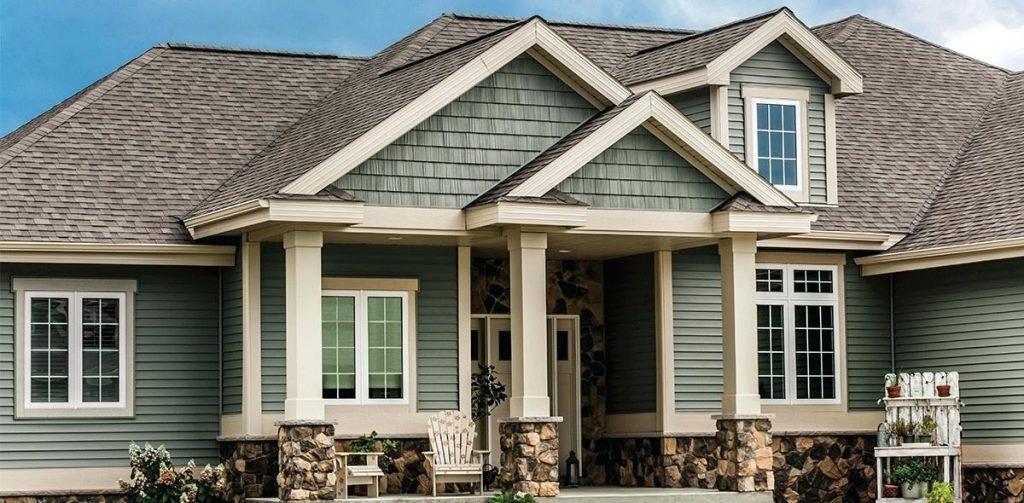
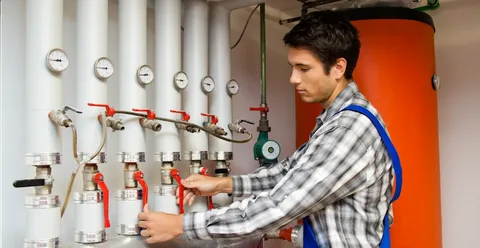
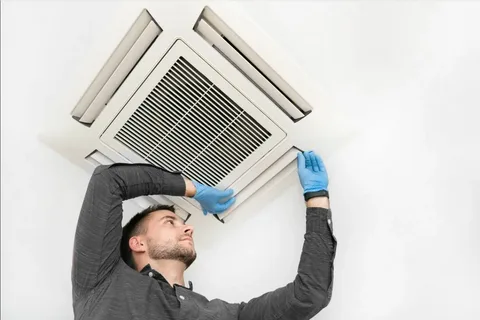
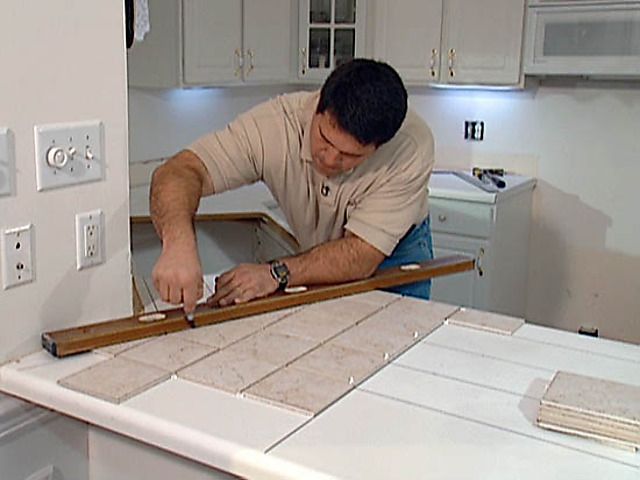
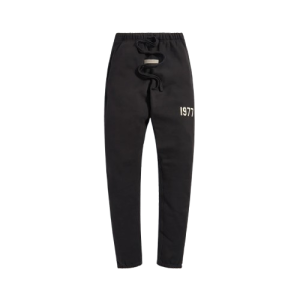




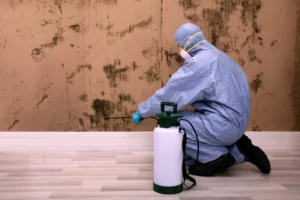



Post Comment